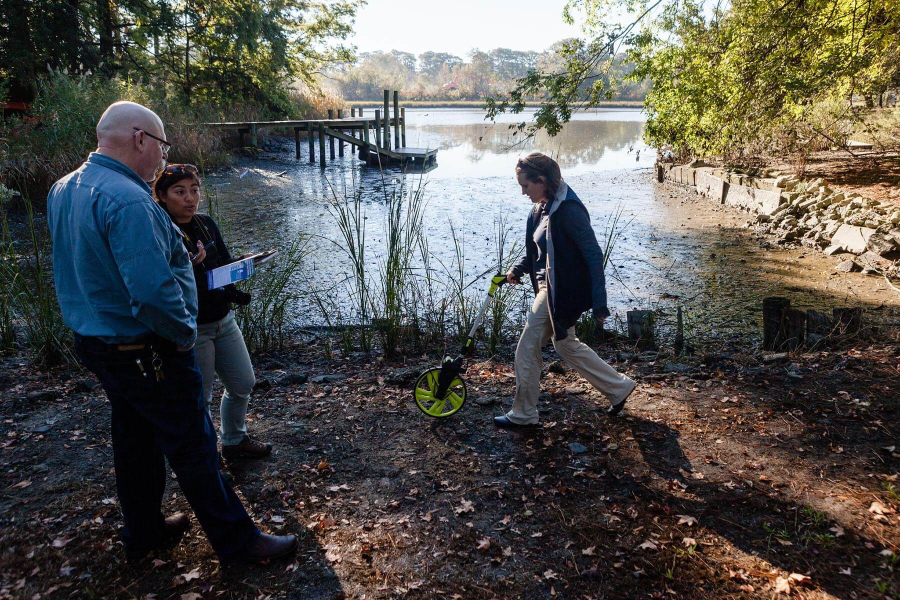Lafayette River removed from Virginia list of bacteria-impaired waterways
Waterway now meets Virginia DEQ standards for recreational contact

In June, the Virginia Department of Environmental Quality (DEQ) removed the Lafayette River from its list of rivers contaminated by bacteria. The Lafayette, a branch of the Elizabeth River in Norfolk, Virginia, now meets the state’s water quality standards for recreational use, including swimming, boating and other recreational activities.
Virginia DEQ monitors the state’s rivers, reviewing the data every six years to update its list of impaired waterways. In its most recent water quality report, Virginia DEQ delisted a majority of the Lafayette River—except for a small tributary called Knitting Mill Creek—for bacteria, meaning the river’s levels dropped to those considered safe for recreational activities.
Despite this achievement, the Elizabeth River Project, a local nonprofit dedicated to the restoration of the Elizabeth River, still urges caution when on the water. They advise against recreational contact with the Lafayette within 72 hours of rain, as well as avoiding narrow, shallow areas such as the river’s small creeks. Stormwater runoff can wash disease-causing pathogens into waterways, and the smaller creeks can have higher bacteria numbers since they don’t flush out bacteria as well as larger rivers. They also note that swimmers should always take precautions such as avoiding the water if they have open cuts and showering or washing hands after contact with the water.
The new status of the Lafayette reflects the hard work of local groups and organizations. The City of Norfolk, along with the Hampton Roads Sanitation District, have been working together to upgrade sewer lines to prevent leakages into the river. The city is also restoring seven acres of wetlands along the Lafayette, in addition to 15 acres already restored by local partners. The Elizabeth River Project, in partnership with the City of Norfolk and the Chesapeake Bay Foundation, is working to restore the river’s natural oyster population by constructing over a dozen reefs. Their River Star Homes program, which began in 2011, now has over 3,300 participants who have pledged to take action toward protecting local waterways. "This is a great example of how the efforts of a small organization, the Elizabeth River Project, working with the community and other partners over a sustained period of time, can achieve such incredible results,” noted Chesapeake Bay Program Director Nick DiPasquale. “Hats off to ERP."

Comments
There are no comments.
Thank you!
Your comment has been received. Before it can be published, the comment will be reviewed by our team to ensure it adheres with our rules of engagement.
Back to recent stories